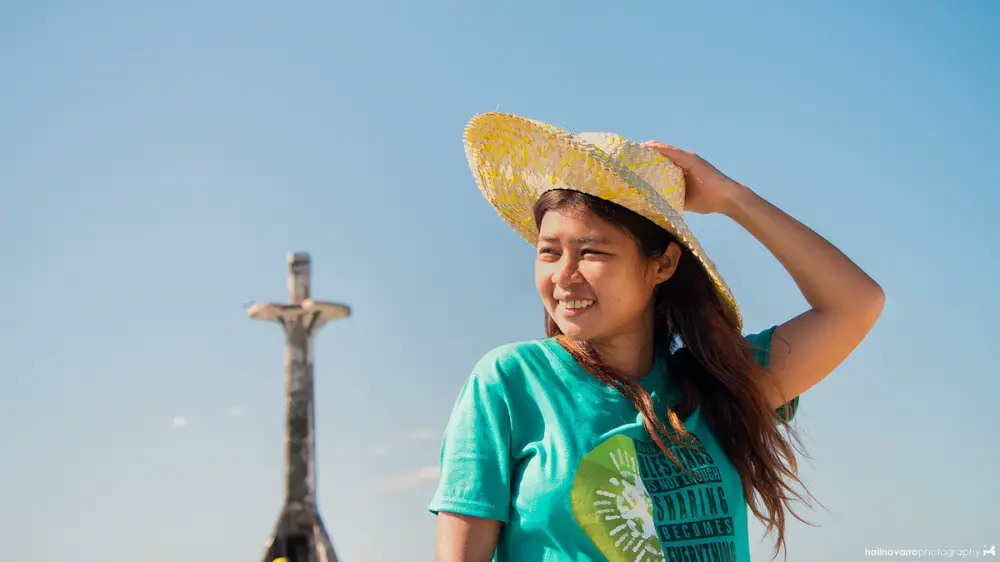
PHILIPPINES PACKING LIST: Essentials You Need to Bring
Are you planning a holiday to the Philippines? The Philippines is a beautiful country composed of over 7,000 islands, and so it draws a lot of international tourists who want to explore its tropical islands, waterfalls, and landscapes. Here we’ve compiled an essential Philippines packing list for your visit!
Contents
Weather in the Philippines
Before anything else, it’s essential to know about the weather in the Philippines. There are only 2 seasons here: wet season and dry season. The dry season runs from November to May and the wet season is from June to October.
Due to its location in the Pacific Ocean, a lot of typhoons pass through the country especially from June to the ber-months. This can affect tours and boat activities and definitely something that you should note in case your visit falls on these months.
Unless there are typhoons or low pressure area, expect the temperature to remain hot and humid.
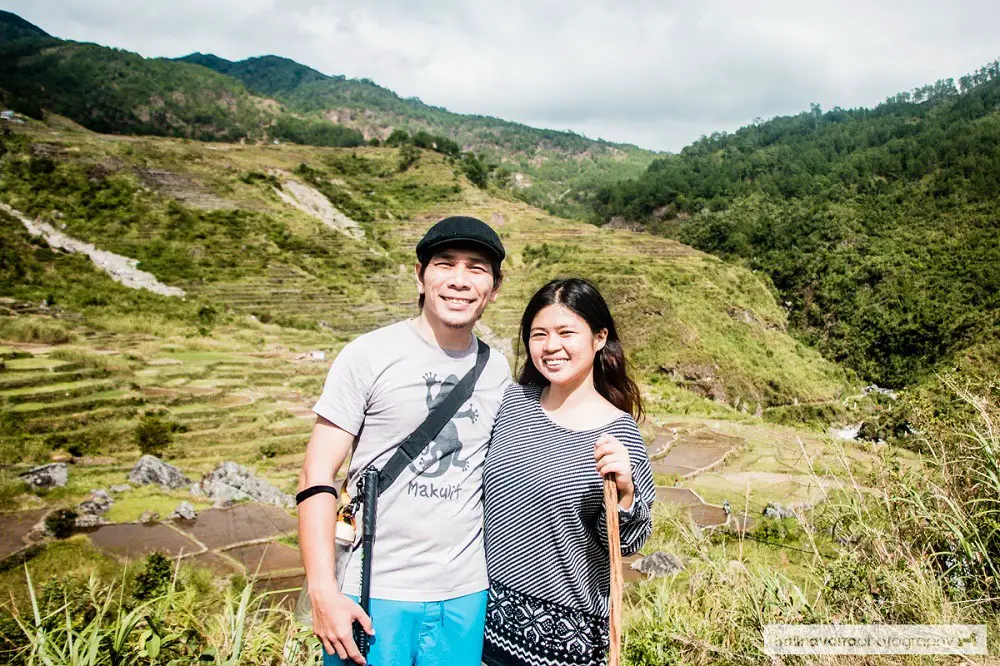
Dress code in the Philippines
The Philippines’ population is mostly Catholic. There are no restrictive laws about clothing, so you are mostly free to wear whatever is comfortable to you.
That saying, when you’re in coastal towns like El Nido or Coron, it’s best to wear cover-ups for your swimwear when you are not in the beach. It’s usually frowned upon to wear bikinis when you’re in public transport or other places.
Clothes, shoes, and accessories
Shorts and tees
You want to bring clothes that are comfortable to wear in a tropical weather, such as tees made from cotton or linen which are light and breathable materials. A pair of shorts is also something that you will use everyday.
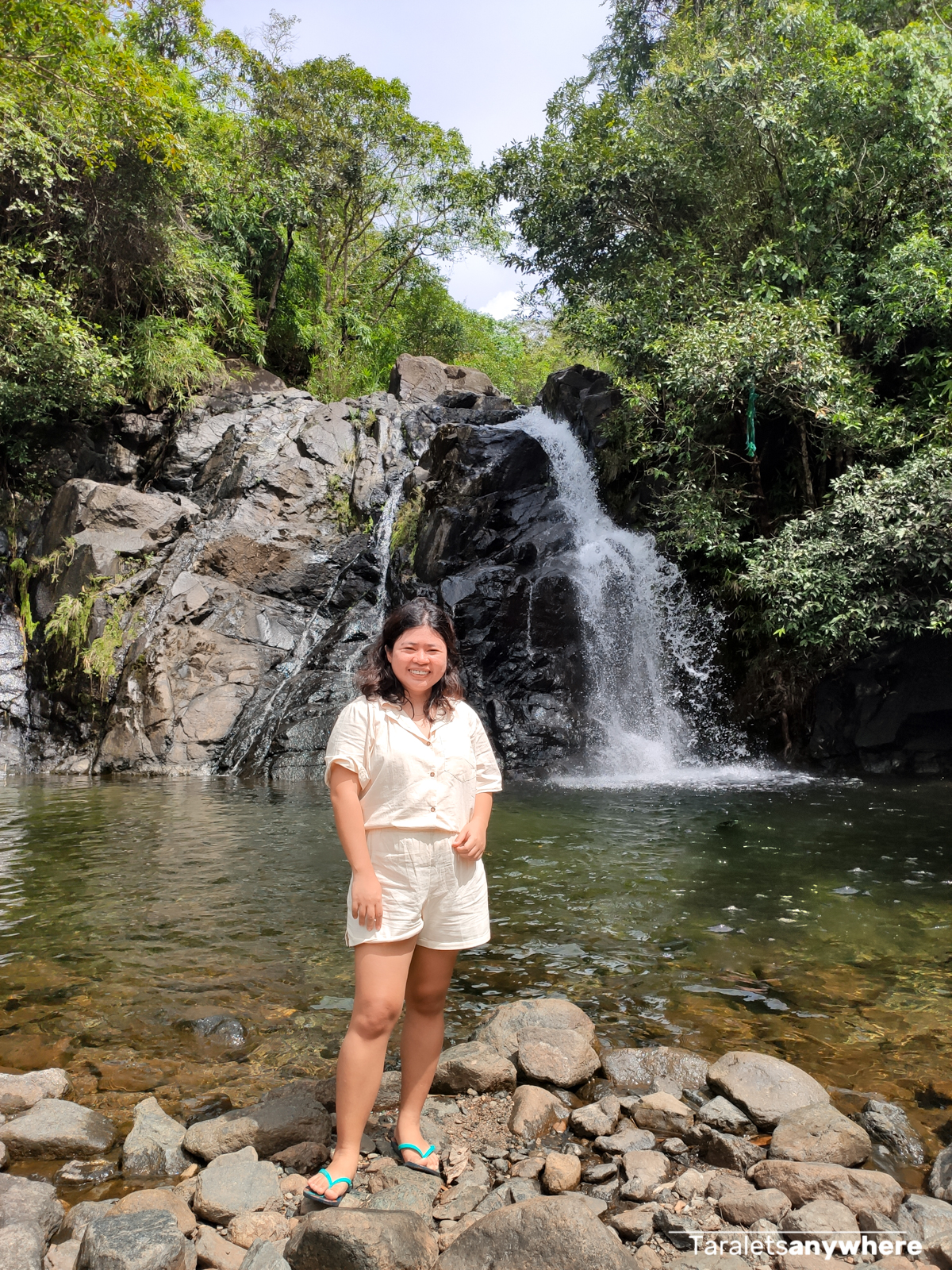
Swimsuit
The Philippines has a lot of beaches, so make sure to bring the best bikinis for your trip! For men, a pair or two of quick-drying board shorts will do.
If you plan on snorkeling or diving, you might also want to wear a rash guard so your skin is protected underwater.
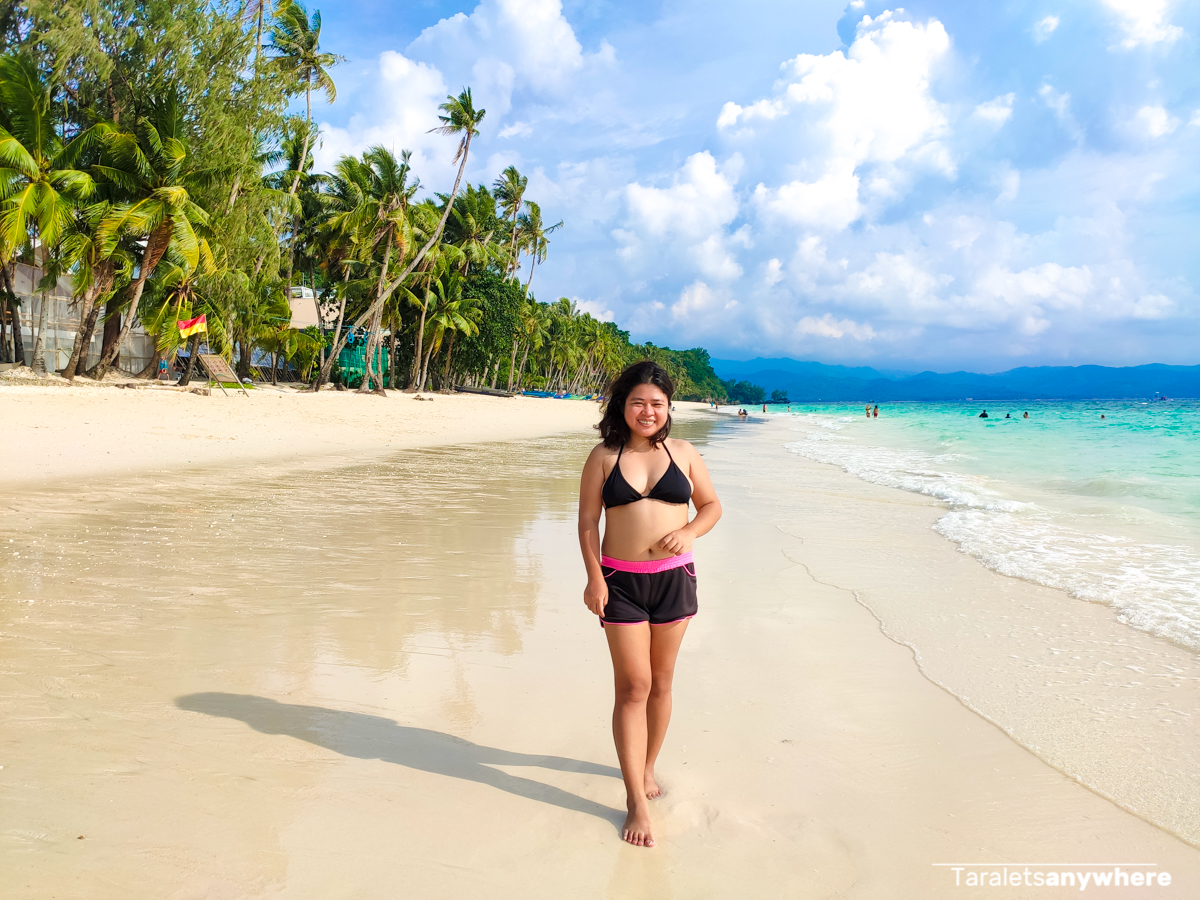
Swimsuit cover-up
You need a swimsuit cover-up for when you’re going from your hotel to the beach.
It’s unusual to see people wearing bikinis on public roads, and some towns actually have regulations against it. A cover-up is also useful to help protect your skin during island hopping tours.
Sundress
For women, a casual flowy dress is a must-have as it’s suitable for the weather and can be a great outfit to wear outdoors.
Lightweight jacket
Bring a lightweight jacket like a microfleece for when you’re at the airport or indoors with heavy airconditioning. You can also wear it at night in cool places such as Tagaytay, Baguio, or other mountain towns.
Flip flops and sandals
It isn’t an exaggeration to say that all you need is a pair of flip flops will exploring the Philippines. You can use it at the airport, cities, and especially islands.
You can also bring trekking sandals if you plan on hiking to rice terraces, mountains, or waterfalls in the jungles. Walking shoes for touring towns and cities is optional.
There is no need to be formal here unless your itinerary includes fancy hotels and fine dining. So feel free to leave your high heels and boots at home!
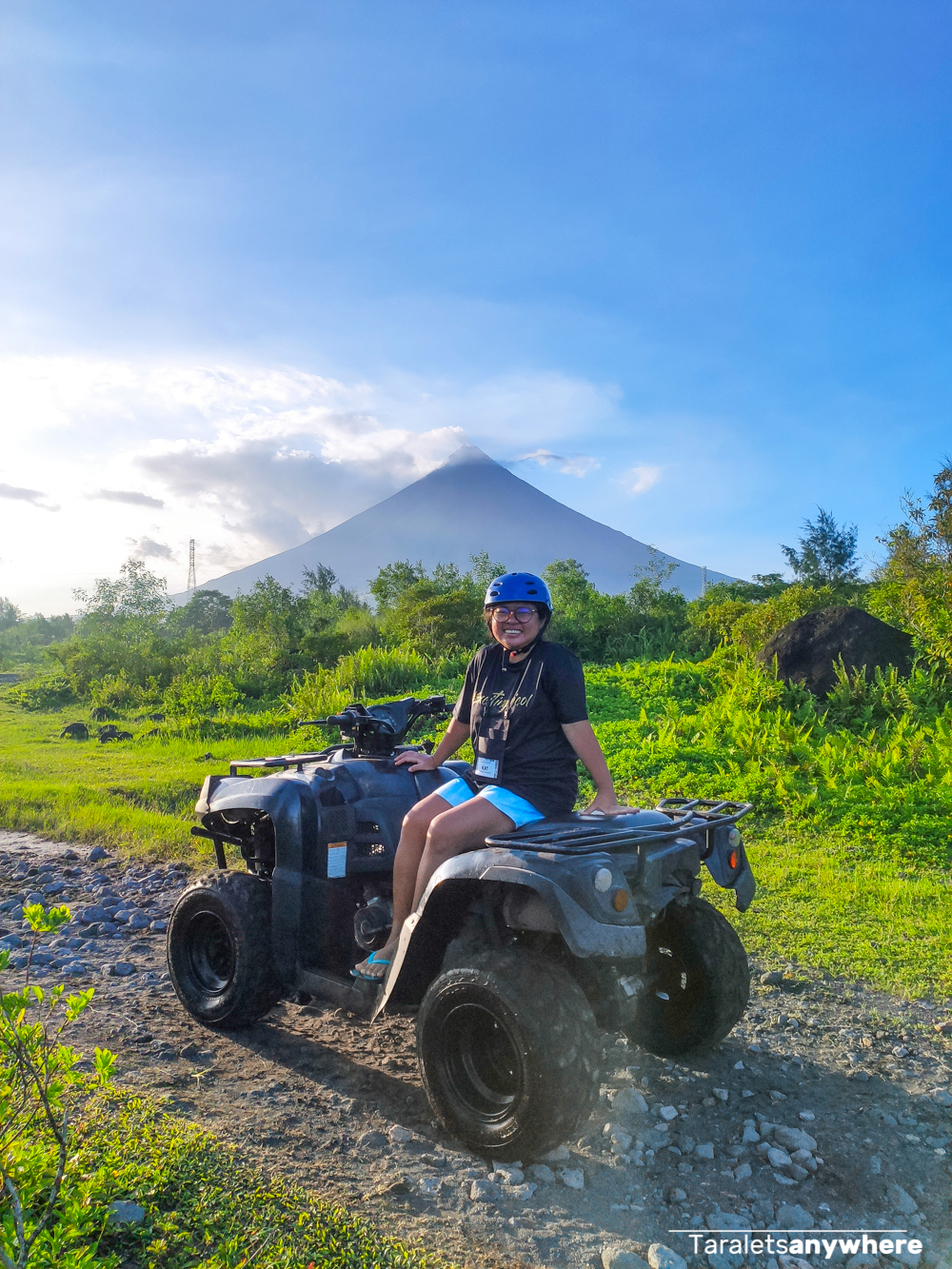
Aqua shoes
A lot of popular beaches in the Philippines are famous for their fine sands, but you’ll most likely encounter rocky shores as well. For that, a pair of aqua shoes comes in handy. This will help protect your feet from sharp rocks or corals.
Tourist destinations with rocky shorelines often have rental for aqua shoes, but bringing your own will ensure a comfortable fit — and will likely save you a few bucks too.
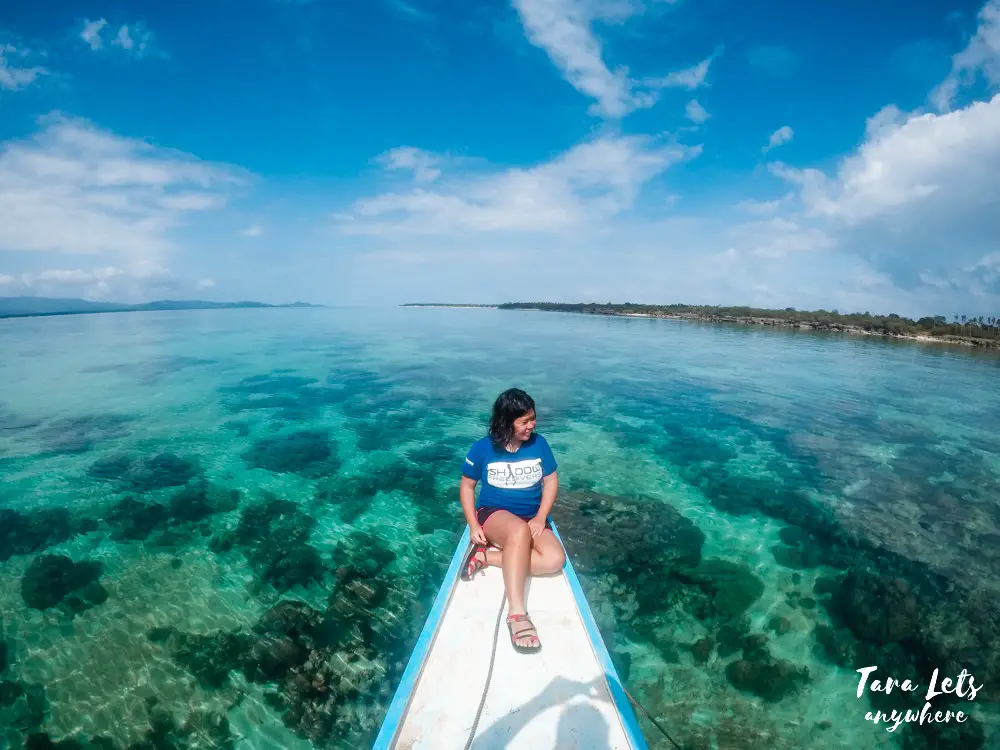
Beach towel
Some hotels and resorts will give you a beach towel, but it’s more likely that you’ll need to bring your own. A microfiber towel is great to have since it’s practical, light, and quick drying. A round beach towel is also popular since it can be used to lounged on the sand (and looks really cute in pictures!).
Shawl or sarong
If you’ve traveled around Southeast Asia, then you know how versatile a shawl or sarong is! You can use it as a cover up, as a drape when it gets cold at night, or even as an emergency skirt. It’s also light and can easily fit in your luggage.
Sun hat/Bucket hat
The Philippines is a tropical country and you can’t underestimate how hot summer days can be. As such, sun hats or bucket hats are essential things to pack when visiting the Philippines. A sunhat will give extra protection against harmful rays of the sun and will also keep your head cool when out and about.
Toiletries
Reef-friendly sunscreen
You will need to apply sunscreen wherever you go in the Philippines! Not just in islands, but also when you’re in the mountains — in high elevations, you can get sunburn even when it’s cloudy.
You can buy your sunscreen when you arrive in the Philippines, but one thing you should know is that a lot of the skincare products have whitening ingredients, since fair skin is still a beauty standard. As such, it’s best to bring your own reef-friendly sunscreen. This way, you can choose one that’s right for your skin and also help in keeping the ocean life safe from harsh chemicals. A sunscreen with SPF 40 or 50 is recommended for maximum protection for the skin.
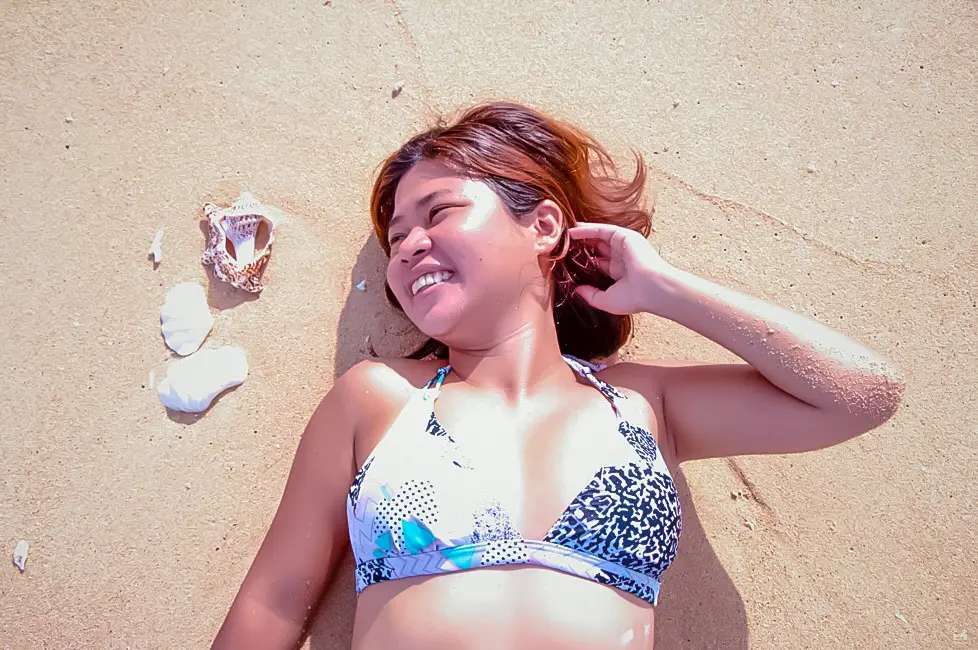
Insect repellant
An insect repellant is a must in some destinations in the Philippines, especially those located in less developed areas including towns, mountains, and beaches.
You want to avoid getting mosquito bites which can lead to dengue. Some beaches are also home to niknik (sand flies), which cause itchy bites that can last for weeks.
Tampons
Most women in the county use sanitary pads instead of tampons, so the latter can be hard to come by unless you’re shopping in mall supermarkets. It’s best to bring your own set of tampons for your convenience.
Electronic gadgets
Universal travel adapter
A universal travel adapter is a nifty item to have. Electric outlets in the Philippines have a standard voltage of 220 V, which is similar to countries of America, China, Japan, and those in Europe.
Even if you come from a country with similar outlets, it’s still best to bring a travel adapter so you can charge your gadgets at the same time. You also won’t have to worry if you find yourself in an accommodation with limited sockets available.
Power bank
It’s practical to bring a power bank with you to ensure that your phone is never low on battery. It’s also helpful since there are areas in the country with no stable electricity, so you might find yourself with limited charging resources.
Action camera
You need an action camera to capture the moments when you’re visiting gorgeous beaches, swimming with turtles, spotting whale sharks in the wild, or otherwise swooping in the middle of a sardine run, or doing something adventurous like riding the topload of a jeepney to a mountain town.
GoPro remains the best choice when it comes to action cameras. Don’t forget to bring a water case so you can use it underwater and filters to keep it fog-free especially given the humid weather in the country.
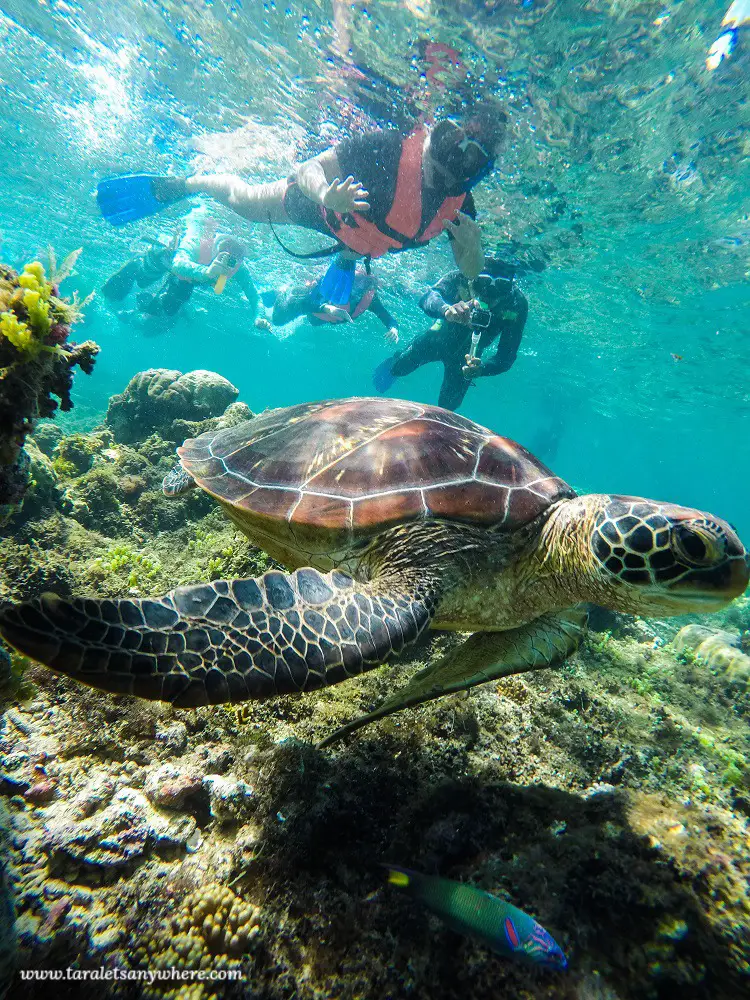
Miscellaneous
First aid kit
A first-aid kit is a must-have everywhere you go, so you can immediately attend to small wounds and injuries. In the Philippines, some places are quite far from established hospitals so having a first aid kit with you is helpful and can give you peace of mind.
Reusable travel bottle
Keep yourself hydrated at all times with a reusable travel bottle. You can easily refill it in your hotel or resort, and restaurants.
Unfortunately, the Philippines is one of the largest contributor of plastics and most people buy plastic bottles on tours. You can do your part in keeping plastic usage to a minimum by bringing your own reusable travel bottle that you can use throughout your trip.
Dry bag
A dry bag is useful all-year-round. You can use it to store your valuables when visiting waterfalls, going on boat tours, or doing other activities that might get you wet. It’s also incredibly useful during the rainy season so your phones and other electronic items won’t get drenched in the rain.
A 5-liter dry bag is enough for storing valuable items. If you’re carrying bulky items such as heavy cameras, go for the 10-liter dry bag instead.
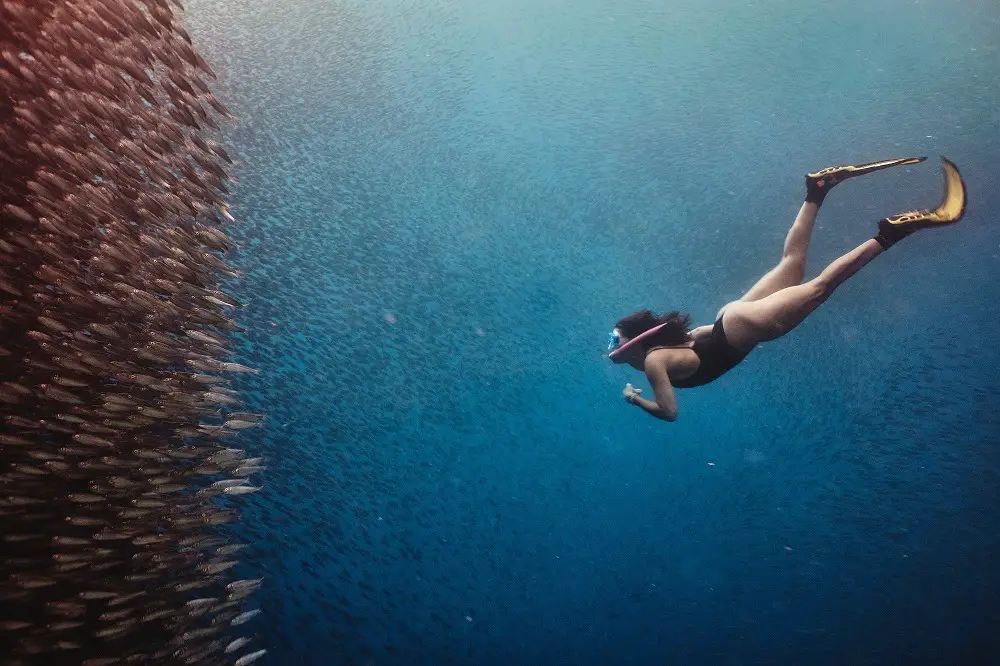
Waterproof cell phone case
As an alternative to a drybag, a waterproof cell phone case is a must if you want to bring your phone on adventurous activities.
Coin purse
A lot of places in the Philippines are on a cash basis and you’ll mostly likely need small bills and coins to pay, so a coin purse is necessary to have.
A Philippines packing list
Here’s a sample packing list for a 2-week trip to the Philippines.
| Clothes and shoes | 4-5 lightwear tops (t-shirts or tank tops) 1-2 dresses (for women) 1-2 pair of shorts 1 pair of trousers 1-2 swimsuits 1 swimsuit cover-up Lightweight or rain jacket Flip flops Walking shoes or sandals Sunhat Sunglasses |
| Toiletries | Reef-friendly sunscreen Toothbrush and toothpaste Soap and shampoo |
| Electronic gadgets | Universal travel adapter Powerbank Action camera |
| Others | First aid kit Dry bag Carry-on or beach bag Coin purse Reusable travel bottle Head lamp (optional) |
Travel Tips
Here are tips for packing for the Philippines:
- The Philippines is a warm country, so you can do with a light luggage even if you’re staying for weeks or months. Don’t worry about laundry service as it’s cheap and is easily available in most hotels and resorts.
- Bring essential toiletries like toothbrush, toothpaste, soap, shampoo, and sunscreen. Any other liquid that you need can be bought once you arrive.
- We’ve discussed what to bring, now here are things you don’t need to bring: jewelry, lots of make up, and snorkel and/or fins (these are bulky and can easily be rented in most island hopping attractions).
Do you have anything more to add to this Philippines packing list? Let us know in the comments section below!
What to read next:
Planning a trip to the Philippines? Check out these guides!
- First-Timers Guide to the Philippines
- Best Places to Visit in the Philippines
- Things You Need to Know Before Visiting the Philippines
- Is the Philippines Safe to Visit?
- Off-the-Beaten-Track Destinations in the Philippines
- Suggested 2 Weeks Itinerary in the Philippines
- Suggested 3 Weeks Itinerary in the Philippines
- Philippines Packing List
Others:

Katherine Cortes is a long-time backpacker and a freelance writer/editor. She likes beaches, snorkeling trips, and relaxing staycations (preferably with bath tubs!).


